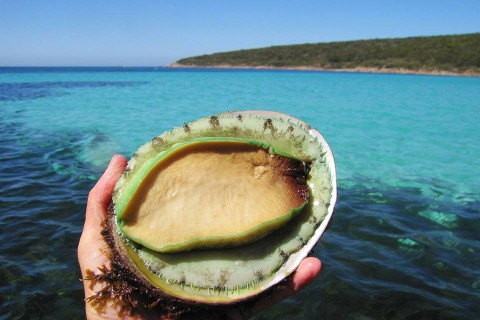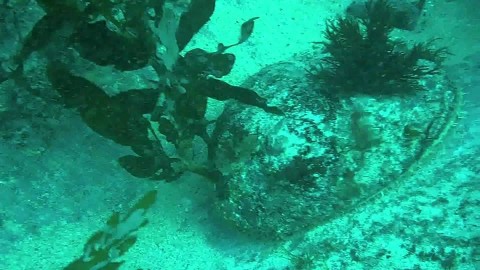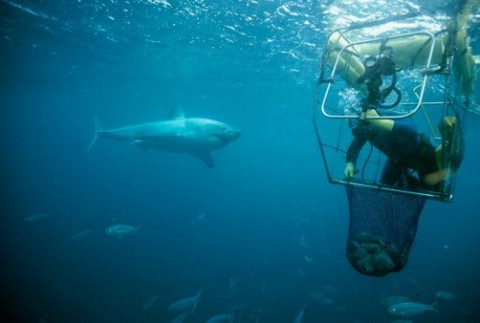The Blacklip and Greenlip Abalone
Abalone embodies luxury in every sense- rare, exotic and delicious. The abalone harvested from the wild waters of the Eyre Peninsula are regarded as some of the finest in the world. Abalone are marine snails known worldwide for their beautiful, mother of pearl shell and their large muscular foot, a prized delicacy. Belonging to the family of molluscs, abalone are gastropods which inhabit rocky shorelines, from shallow water up to depths of 40-50 metres. Abalones have succulent meaty bodies and are both delicate and delicious in flavour, placing them in high demand in premium dining markets, especially in Asia.
Picture: southaustralia.com
Of over 100 species of abalone living in the world today, at least twenty three of these occur in Australia: the Eyre Peninsula has the two largest species which form the basis of the commercial abalone fishing industry- The Greenlip Abalone (Haliotis Laevigata) and the Blacklip Abalone (Haliotis Rubra). Abalone lives on the rocky bottom and each species has a distinctive habitat. Greenlip abalone occurs in two types of habitats. Blacklip Abalone tend to live in the shallower water, with the Greenlip Abalone occuring in the rough water at the base of steeply sloping granite cliffs, and usually along the sides of gutters or clefts from depths of 10 to 45 meters.
Photo: YouTube- Port Lincoln Local & Abalone Diver Tyronne Craig
Elusive to find, the abalone is harvested by divers, who are the few predators to the ear shaped shell. Abalone diving is truly unique, with divers mainly using the 'hookah' air supply system, spending up to seven hours in the water. With winter temperatures in the Southern Ocean dropping to below 12 degrees Celsius and the physical demands on the diver's body, this practice can be extremely dangerous. In addition to the physical dangers of diving, many of the waters fished are well known for sharks, in particular, the man-eating white pointer. Many divers, especially those fishing on the West Coast of South Australia, dive in cages for protection, although the danger still looms as these cages are not fully shark proof.
Photo: natgeocreative.com
Information: The SEAFOOD of the Eyre Peninsula- Australia's Seafood Frontier Book
http://seafoodfrontier.com.au/fresh-premium-seafood/





